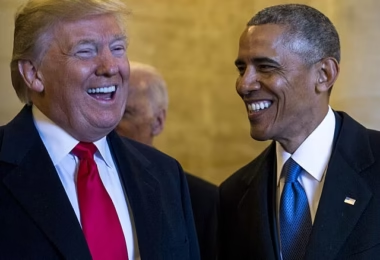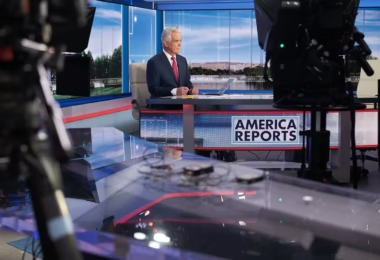As it sets off on a revolutionary adventure, Burger King, one of the most well-known fast-food chains in the world, is reassessing its operations.
The titan of fast food received its first significant makeover in two decades back in 2021 when it updated its logo to resemble one from the 1970s, 1980s, and 1990s.
Regarding the rebranding, designer Lisa Smith stated to Dezeen, “We experimented with many various design directions, but we kept returning to the brand’s iconic original logo from 1969 and 1994, when Burger King looked its best.”
“We were inspired by how it has grown to have such an iconic place in culture,” she said, citing examples such as Gremlins, Stranger Things, and BK’s Warhol ad, as well as more current films like Back to the Future.

“The new logo honors the brand’s history with a sophisticated, self-assured, straightforward, and enjoyable design.”
According to CEO Joshua Kobza, Burger King would be eliminating between 300 and 400 underperforming locations in an effort to stay competitive.
The corporation closed 124 stores as of March 2023, leaving 6,964 eateries nationwide.
Wendy’s has displaced Burger King as the number two fast-food restaurant in the US, leaving McDonald’s in first place.
Whether Burger King would not allow other restaurants to overtake them by closing outlets is the question. The company says the answer is in the affirmative.
“A small percentage of franchisees will never be committed, passionate business owners. “We’ll collaborate with them to exit the system and pursue alternative endeavors,” states Chairman Patrick Doyle.

“Franchisees who are unwilling or unable to put in the necessary effort to run restaurants that outperform the system average over the long run will not be accepted.”
Closing the least profitable locations and concentrating on the company’s turnaround strategy to increase sales and outperform the competition is their aim.
Burger King launched the expansive “Reclaim the Flame” rebranding campaign in 2022 in an effort to address the difficulty of maintaining its place in the fast-food industry. The campaign involved $400 million in investments and included restaurant renovations, advertising, a streamlined menu, and more.
In order to give consumers the best possible experience, the company is fully committed to modernity and focuses on a variety of technology improvements, culinary upgrades, and physical renovations.
There’s no doubt about it—the business is monitoring customer preferences.
Please use Facebook to SHARE this post with your loved ones.








Leave a Comment